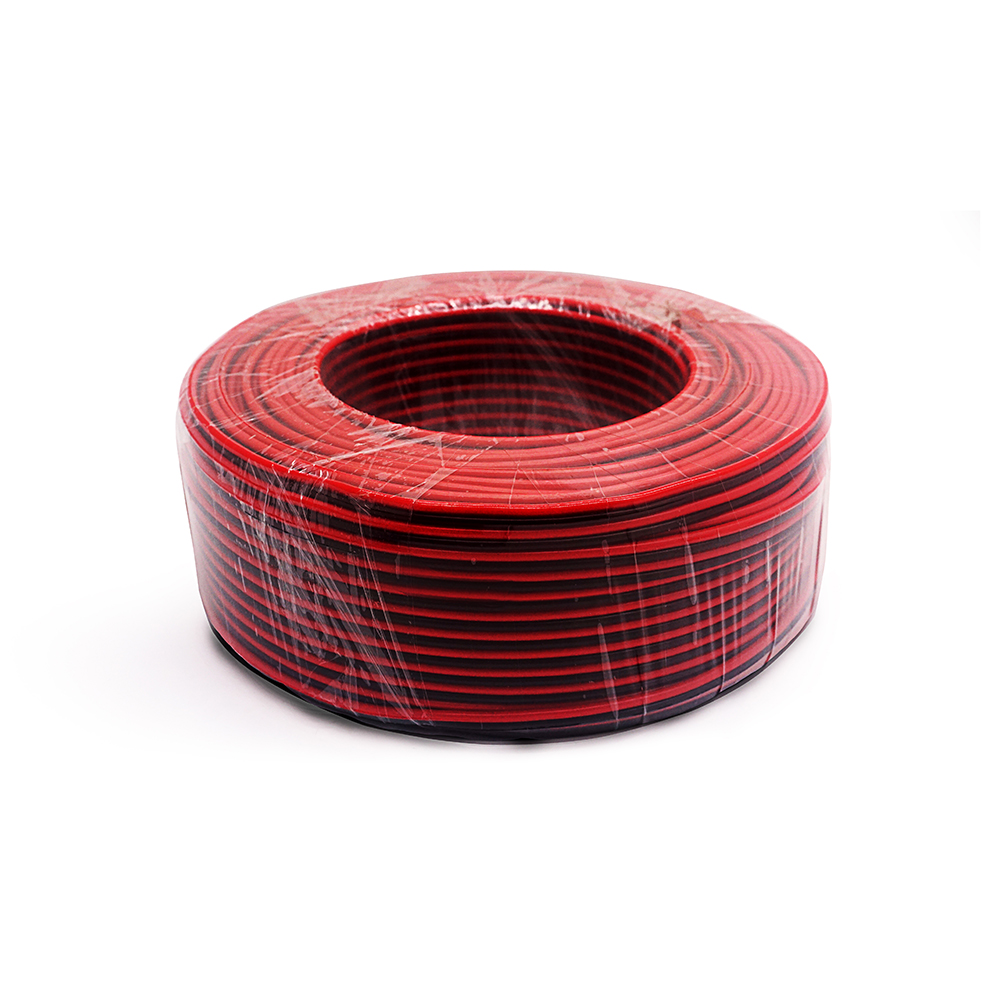 Author: Joey Wan
Author: Joey Wan  August 05,2022
August 05,2022
Why are solar photovoltaic cables/PV wire more expensive than normal cables?
The answer is to know that now the world is aware of the importance of solar energy resources, which has spawned a series of solar energy products. Among them, the power supply output of photovoltaic cables is crucial, for what the photovoltaic solar cables will be considered. We first understand the performance of solar PV cables, and then we can know why solar PV cables are more expensive than ordinary cables.

The length of the sample is 20 cm and it is placed in a drying container for 16 h. The diameter of the test rod used in the bending test is (2±0.1) times the outer diameter of the cable. Test box: temperature (40±2) ℃, relative humidity (55±5)%, ozone concentration (200± 50)×10-6% , Air flow: 0.2 to 0.5 times the volume of test chamber/min. The sample is placed in the test box for 72 hours. After the test, there should be no visible cracks on the sheath surface.
2. Weather/UV resistance test
Each cycle: spraying water for 18 min, drying with xenon lamp for 102 min, temperature (65±3) ℃, relative humidity 65%, minimum power under conditions of wavelength 300~400nm: (60±2) W /m2. After 720 h, the bending test was carried out at room temperature. The diameter of the test rod is 4 to 5 times the outer diameter of the cable, and there should be no visible cracks on the sheath surface after the test.
3. Dynamic Penetration Test
At room temperature, the shear rate is 1 N/s, and the number of shear tests: 4 times. Each time the test sample is continued, the sample should be advanced 25 mm and rotated 90° clockwise. Record the penetration force F at the moment of contact between the spring steel needle and the copper wire, and the average value obtained is ≥150 Dn1/2 N (4mm2 section Dn=2.5mm)
4. Dent resistance
Take 3 sample sections, each section is 25mm apart, and make a total of 4 dents rotated 90°, the dent depth is 0.05mm, and it is perpendicular to the copper wire. The 3-stage samples were placed in the -15°C, room temperature, and +85°C test chambers for 3 hours, and then wound on the mandrel in the respective test chambers. The diameter of the mandrel was (3±0.3) times the minimum outside diameter of the cable. At least one notch per sample is located on the outside. Perform AC0.3kV water immersion voltage test without fail.
5. Sleeve heat shrinkage test (11 in GB/T 2951.13-2008)
The sample was cut with a length of L1 = 300 mm, placed in an oven at 120 °C for 1 hour, then brought to room temperature for cooling, these cooling and heating cycles were repeated 5 times and finally cooled. at room temperature. The thermal shrinkage rate of the sample is required to be ≤2%.
6. Vertical burn test
After laying the finished cable at (60±2) ℃ for 4h, the vertical burning test specified in GB/T 18380.12-2008 shall be carried out.
7. Halogen content test
pH and conductivity
Sample placement: 16h, temperature (21~25)℃, humidity (45~55)%. Two samples, each (1000±5) mg, were ground into particles of 0.1 mg or less. Airflow (0.0157 D2)l h-1±10%, the distance between the combustion pot and the edge of the effective heating area of the furnace is ≥300mm, the temperature in the combustion pot should be ≥935 ℃, 300m away from the combustion ship (in the direction of air flow) the temperature should be ≥900℃.
The gas generated by the test sample is collected with a gas washing bottle containing 450ml (PH value 6.5±1.0; conductivity ≤0.5μS/mm) of distilled water, test period: 30 min. Requirements: PH≥4.3, conductivity≤10μS/mm.
